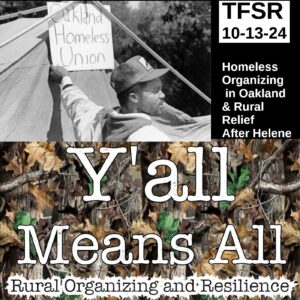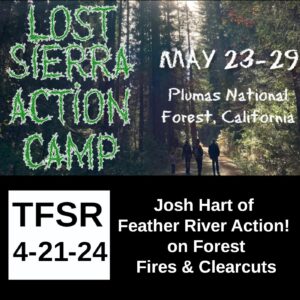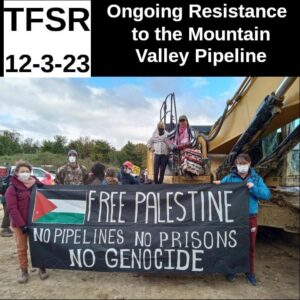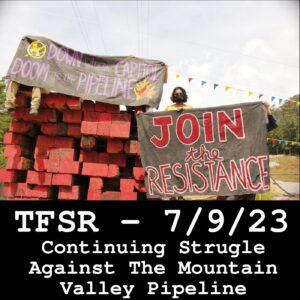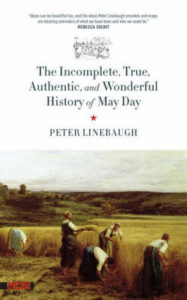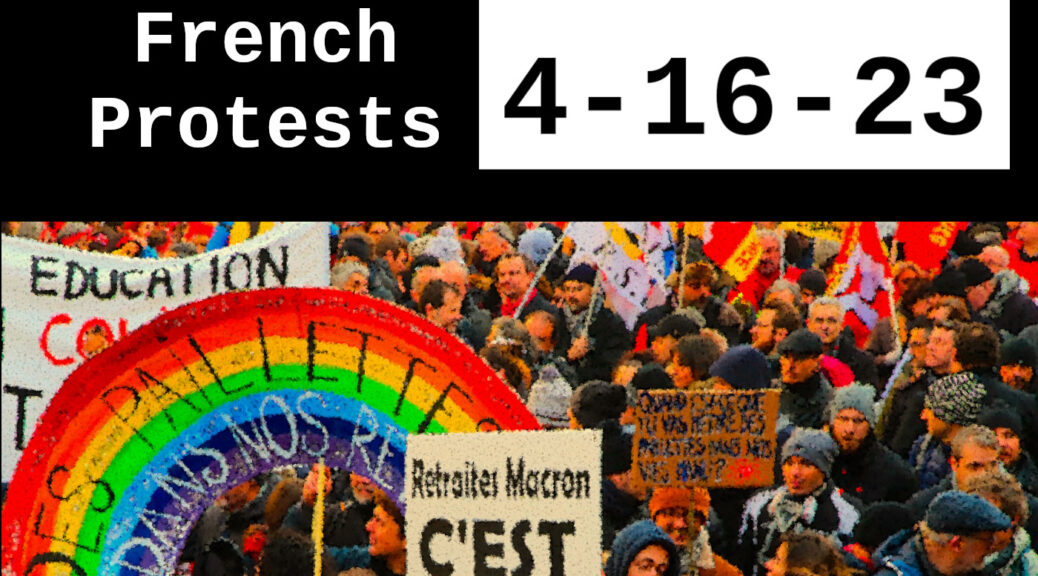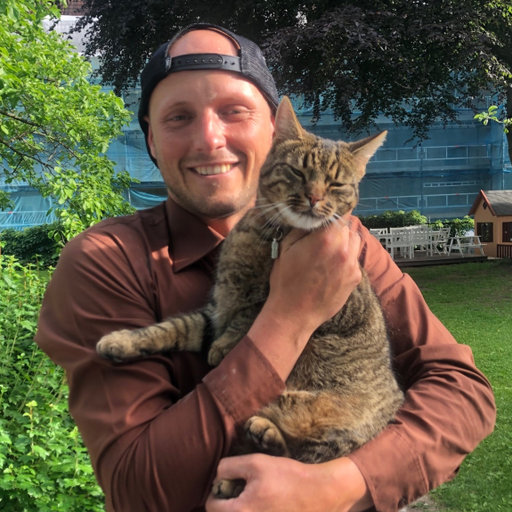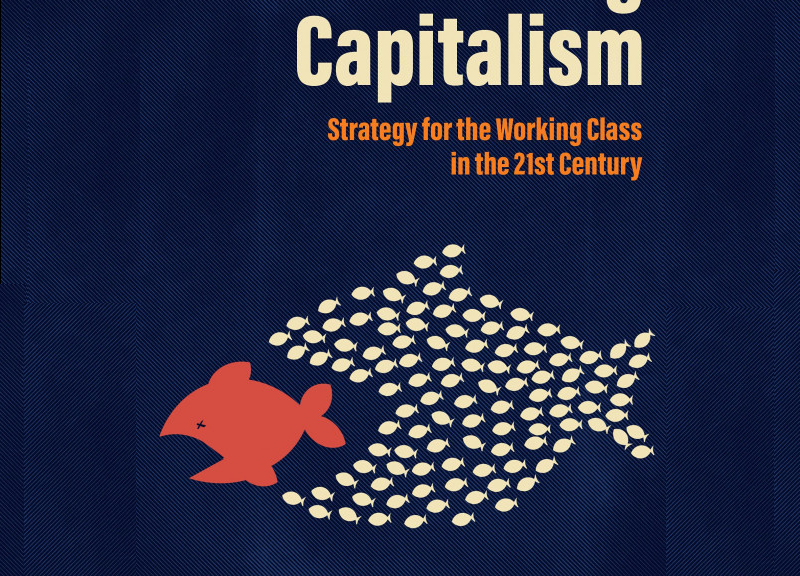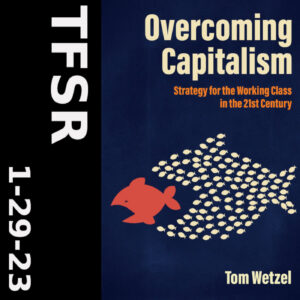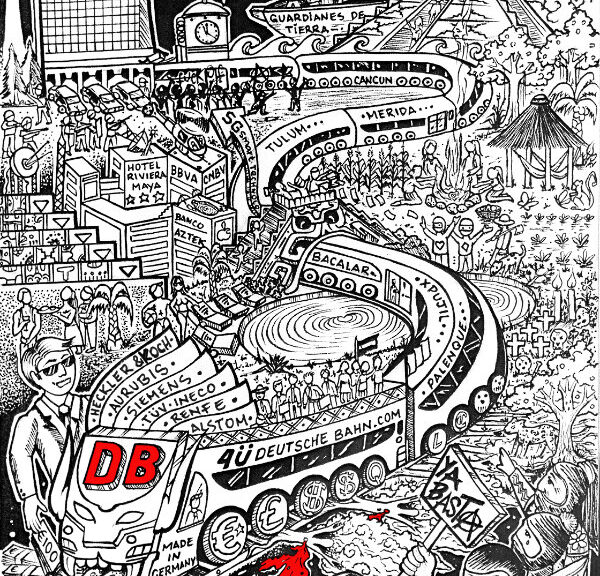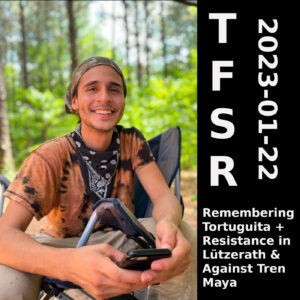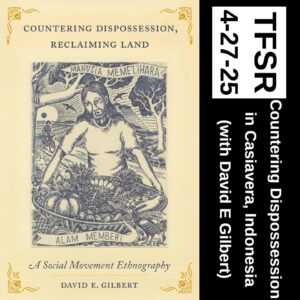
This week you’ll hear our chat with the author of Countering Dispossession: Reclaiming Land: A Social Movement Ethnography, the political ecologist David E Gilbert (not to be confused with the former Weather Underground prisoner in the US). For this episode, David and I speak about the book, the small community in south Sumatra, Indonesia known as Casiavera, the legacy of colonial land grabs, the people who live there and the agro-ecology of the rainforest at the base of the Arin volcano. You can find more of David’s work at https://DavidEGilbert.Com
Links:
- The Black Snake: Standing Rock, the Dakota Access Pipeline, and Environmental Justice by Katherine Wiltenburg Todrys
- Via Campesina: https://viacampesina.org/
- Landless Workers Movement (MST): https://mst.org.br/
- Sarakhat Patani Indonesia (SPI): https://spi.or.id/
- Mentions of Tan Malaka in the Southeast Asian Anarchist Library (https://sea.theanarchistlibrary.org/search?query=tan+malaka ) or writings on Marxists.Org (https://www.marxists.org/archive/malaka/ )
- Feed’em Freedom Foundation (Detroit): https://feedemfreedom.org/
- Our interviews on the ZAD: https://thefinalstrawradio.noblogs.org/?s=zad
- Grassroots Indonesian Eco-movement Wahli: https://www.walhi.or.id/
Announcement
May Day
Happy upcoming May Day, comrades known and unknown! I hope that wherever you are and whatever you do, you’re surrounded by siblings in love and struggle, you can take pleasure in the beauty of the world around you, take strength from our predecessors who share our vision of a life unencumbered by state / capital & the other anchors foisted upon our shoulders, and with the energy to create a path towards our desires
Ángel Espinosa Villegas
We had an interview scheduled with Ángel Espinosa Villegas, a trans masc butch dyke, formerly a 2020 uprising prisoner who was transferred to ICE detention for deportation, however the screws seem to have decided to escalate the deportation to Chile rather than let hir continue to speak to the media. Keep an eye out for upcoming interviews with Ángel, and consider checking out hir GoFundMe. At the end of this post there are some statements from Angel…
Supporting The Show
Hey listeners… we’ve had a string of early releases with more on the way coming out through our patreon for supporters at $3 or more a month, alongside other thank-you gifts. If you can kick in and help, the funds go to our online hosting, and creation of promotional materials like shirts and stickers, but MOSTLY to funding our transcription efforts. We hate to ask for money, but if you have the capacity to kick us a few bucks a month, either through the patreon or via venmo, paypal or librepay or by buying some merch from us (we have a few 3x, 4x & 5x sized tshirts in kelly green coming soon), we’d very much appreciate the support. We’re hoping to make a big sticker order in the near future.
If you need another motivator, the 15th anniversary of The Final Straw Radio is coming up on May 9th, 2025 and we are not above accepting birthday presents. That’s 15 years of weekly audio (albeit at the beginning it was more music than talk), including 8 of which 7 of which aren’t in our podcast stream (you can find some early show examples in this link _by skipping to the last page of posts on our blog).
Other ways to support us include rating and reviewing us on google, apple, amazon and the other podcasting platforms, printing out and mailing our interviews into prisoners, using our audio or text as the basis for a discussion of an ongoing movement, contacting your local radio station to get us on the airwaves, and talking about us to others in person or on social media.
Alright, capping this shameless plug!
Angel statements:
These are press statements and direct quotes that Ángel Espinosa-Villegas has provided from inside Prairieland Detention Center in Alvarado, TX, where she was held from April 1 to April 25, 2025. Ángel is currently in transfer to an undisclosed location, but has not been able to contact loved ones yet. These messages were received by loved ones on the outside throughout the past 3 weeks and she has given explicit permission to publicize these statements.
“We dance a lot, draw our hopes and homes on the walls of this place any way we can. We tell stories of home, hold each other past language barriers because we all know all too well what it’s like to be torn away from our families, hold onto hope, only for it to be crushed cruelly by these heartless fascist traitors. To remain utterly powerless at the mercy of the abusers of gluttonous power. People
are quite literally dragged out, hogtied, by these pirates that speak of protecting democracy yet dehumanize and humiliate us without so much as a look in our eyes before ripping us apart from our newfound friends, and, more distantly, our families we have here. They rob us of the little money we have and have no paths of recovery. They tell us clean water is a privilege and not a right. That
speaking to our families is a privilege. That seeing the sun is a privilege. That if we get too loud of this constant mistreatment, then we should get ready to eat mace.”“Most people here don’t have the means to speak out against these human rights’ violations we face every day. But I will take any and every chance to fight, to expose the way they treat us that these human traitors have normalized.”
“This was supposed to never happen again. But here it is again. We need everyone demanding our freedom, to expose all the vultures robbing these vulnerable people of everything from money to merely see our families and small children. We’re not even allowed to say goodbye, to hug our children goodbye.
What madness is this? How is this STILL happening to us, I ask myself when I wake up. Is this country for the free? For those yearning for a safe, happy life? If this country and its people care about freedom and safety, then people should
refuse to let this government and administration work a second longer until they free us ALL.”“A lot of women here are fighting their cases because they’ve been following protocol to obtain legal papers or asylum or were just rounded up randomly from racial profiling. One woman here lost her purse with all her money on a train and went to church to seek help. The church called ICE on her because she couldn’t speak English! Another woman here was late to her job and her boss called ICE
on her. Few of us have criminal records. Most were just following advice from their lawyers and continuing their appointments with ICE and USCIS to get their visa or temporary protected status or whatever it was they were doing. But because of Trump’s administration they’re all rounded up by ICE and deported.”“I’m feeling alright, mostly numb since being locked up is so abusive and heart wrenching. Here… It’s a rollercoaster. I witness, every single day, cries of agony and anger and despair. I see people hogtied and dragged out. People being yelled at to gather their things and go into the unknown, being threatened with PREA for hugging as we say our goodbyes and well wishes. This place is much worse than prison in many ways. I hear guttural wails and sobs so many times a
day. It’s like being at a perpetual funeral; laying to rest this person’s life, that one’s dreams, the other’s hope. Knowing they’ll be inevitably harmed, kidnapped, sometimes disappeared or even killed when they go and we can do absolutely nothing.”“We’re just hostages. Being one for so long now… I’m so hollow on the inside. I haven’t dropped any tears the last year and a half. I just can’t. Not even when I was sentenced. I don’t know how I’ll even begin to heal, but I sure as fuck ain’t ever gonna stop fighting. My hope and ambition to fight… I’ve just been refueling his entire time being down.”
“Fighting brings me solace. Helping others brings me solace, some
meaningfulness, a melting of stone in my petrified heart. I spend most of my time going around and helping people as much as I can; working the tablets, giving phone calls, cooking food, doing little chores and tasks for the older, sick, or disabled ladies.“
With love & solidarity,
Free All Dykes
. … . ..
Featured Track:
- Judas Goat by Filastine from Burn It (a benefit for Green Scare defendants)
Continue reading Countering Dispossession in Casiavera, Indonesia (with David E Gilbert)

